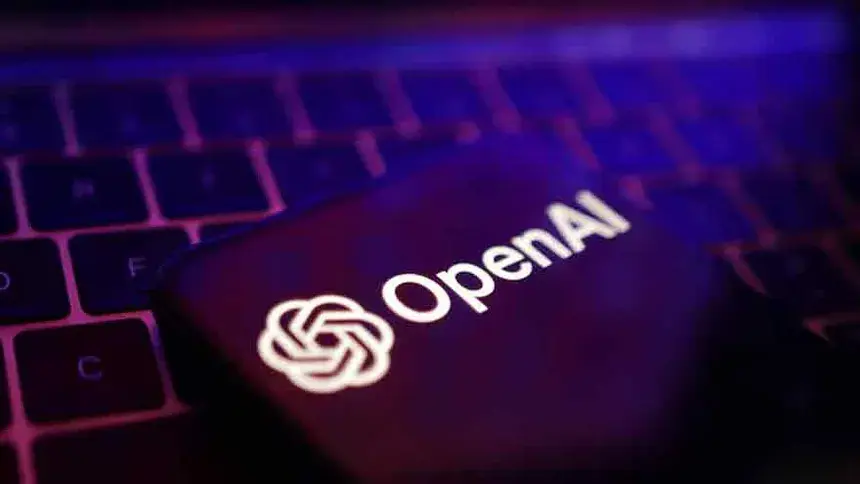
What’s On the Table ⚙️
The proposed facility would have a capacity of up to 500 megawatts, enough to power advanced AI computing at scale. It’s designed to support state-of-the-art models, research, and tools that require high computational power. Reuters+2InfoMoney+2
The project is being developed under Argentina’s RIGI scheme — the country’s tax-break plan for large investments — giving legal and financial incentives for big infrastructure projects. Reuters+2infobae+2
OpenAI CEO Sam Altman has called it “Stargate Argentina”, marking OpenAI’s first major infrastructure project in Latin America. The reasoning: Argentina has both abundant talent and the regulatory framework to welcome such an initiative. Reuters+2Converge Digest+2
Why It Matters: More Than Just Buildings 🛠️
Geopolitical and Strategic Weight: For Argentina, this project could signal a shift — toward being a key node in the global AI network. For OpenAI, it’s a chance to anchor operations in Latin America in a more permanent, high-infrastructure way. infobae+2Converge Digest+2
Economic and Social Impacts: If built, the center would generate thousands of jobs (both during construction and operation), stimulate local industries (especially around energy, construction, and cloud infrastructure), and likely create spillover benefits for education, AI innovation, and technology adoption. infobae+1
Energy and Environment Questions: With 500 MW of power demand, the energy source, sustainability, cooling infrastructure, and environmental impact become central. The location in Patagonia suggests potential advantages (cooler climate, possibility of renewable energy), but the challenge remains to balance scale with responsibility. infobae+1
What’s Still Uncertain & What to Watch 🔍
Final Location: Five sites in Patagonia are under consideration, but none confirmed. Each has different strengths in terms of connectivity, water availability, infrastructure, and climate. infobae+1
Financing & Phases: The project is ambitious, and its execution will likely happen in stages. The first tranche is expected to be less (between US$7–10 billion) with subsequent phases to unfold over time. infobae+2infobae+2
Power Supply & Operations: Ensuring steady, clean, and cost-efficient energy is crucial. Agreements with local energy companies are already being developed, but scaling up to full capacity will test logistics, regulation, and grid stability. infobae+1
A Reflection on Hope & Risks 🌿
Projects like this are powerful symbols: of innovation, of investment, of possibility. They invite hope — hope that a region often seen as peripheral in tech can become central, that local talent will find fertile soil, that economies can leap forward in the digital age.
At the same time, big projects carry risk. Displacement, environmental cost, promises delayed — these shadows always lurk. The way they are managed will define whether this is a gift to future generations or a burden they inherit.
Final Thought
“Stargate Argentina” could become a landmark in Argentina’s story — a turning-point where AI, energy, regulation, and hope intersect. If successful, it’s not just about computing power or global prestige: it’s about making technology work for people, for communities, for futures once imagined only in dreams.
At GenzNewz, we’ll be watching this project closely — because this isn’t just news. It’s possibility shaped in circuits and light.

Leave a comment
Your email address will not be published. Required fields are marked *